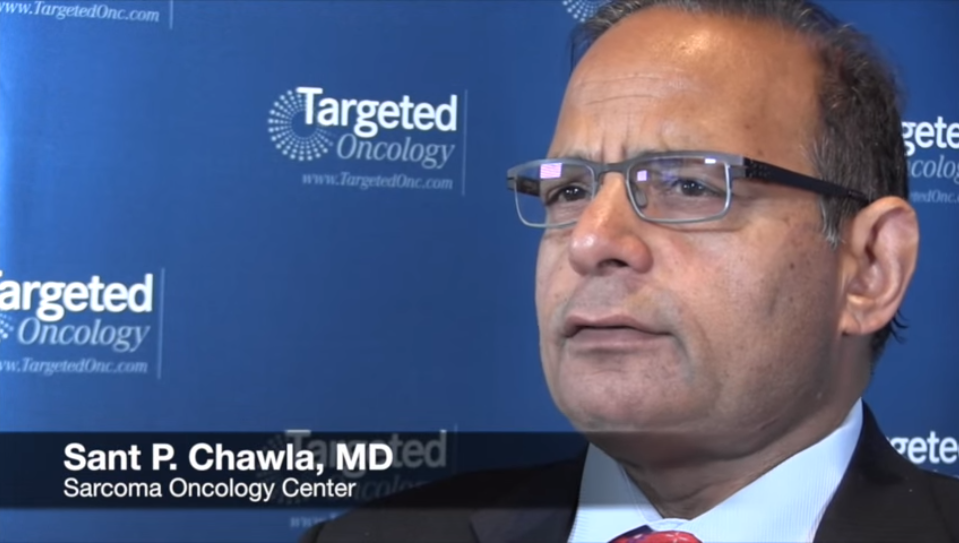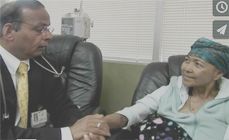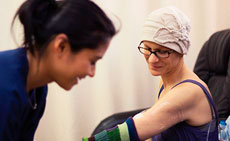- Abscess – An abscess is an area in the body’s tissue that is filled with infection and surrounded by information.
- Absolute neutrophil count (ANC) – ANC refers to the percentage of the total white blood cell count that is made up of cells called neutrophils. Neutrophils are particularly important because they defend our bodies against infection.
- Acute lymphocytic leukemia (ALL) – ALL is a disease in which large numbers of malfunctioning lymphocytic (infection-fighting) blood cells are made by the body. It is most often diagnosed in children. Signs of the disease include fever, pale skin, loss of appetite, fatigue, bone pain, and recurent infection.
- Adenocarcinoma – Adenocarcinoma is a cancer that develops in the glandular tissue of the body.
- Adjuvant chemotherapy – Adjuvant chemotherapy is chemotherapy given after surgery, when there is no visible cancert but there is a risk that there are still cancer cells left in the body.
- Allogeneic bone marrow transplant – An infusion of bone marrow or stem cells from a donor.
- Alopecia – Alopecia is hair loss. Chemotherapy and sometimes radiation may make patients lose some or all of their hair during treatments. The most common area involved is the head, although other body hair can also be affected.
- Analgesic – A medication that relieves pain.
- Anastomosis – A surgical joining of two body structures (e.g blood vessels or intestines), wich allows flow from one to another.
- Anemia – Anemia is a lower -than-normal number of red cells in the blood. Red blood cells are important because they carry oxygen from the lungs to all other cells in the body. Shortness of breath, fatigue, and weakness are signs of anemia.
- Antibiotic – An antibiotic is a medication used to fight germs or bacteria that cause infection. Chemotherapy can make patients more at risk for infection. Antibiotics are given to treat an infection.
- Antiemetic – An antiemetic is a medication used to stop or help prevent nausea and vomiting, common side effects of some chemotherapy.
- Autologous bone marrow transplant – During an autologous bone marrow transplant, patient’s own bone marrow or stem cells given to them after they haev received high-dose chemotherapy.
- Axilla – The axilla is the area under the arm or the armpit.





